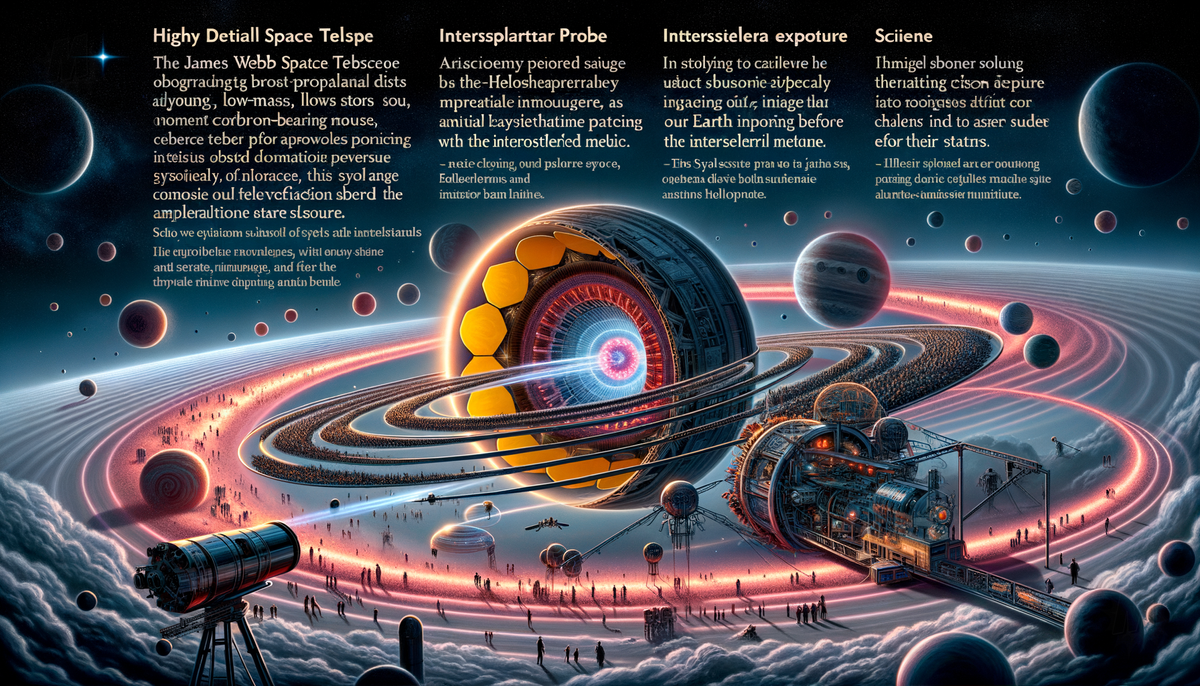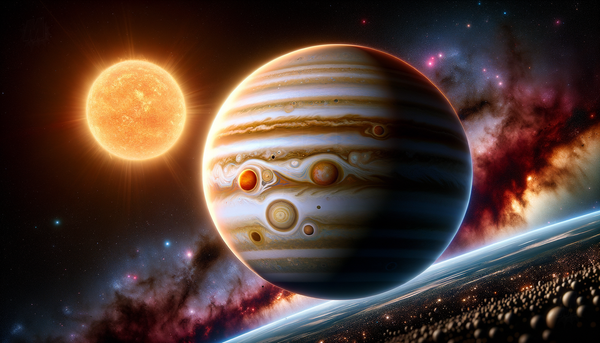James Webb Telescope Unveils New Insights into Planet Formation and Potential Habitability

Astronomers utilizing NASA's James Webb Space Telescope (JWST) have made significant advancements in the study of protoplanetary disks around young, low-mass stars. Through the Mid-Infrared Instrument (MIRI) Mid-INfrared Disk Survey (MINDS) program, researchers identified 13 different carbon-bearing molecules in one such disk, including the first detection of ethane outside our solar system. This discovery, enabled by JWST's advanced sensitivity and spectral resolution, provides insights into the chemical makeup of planets that may form around these stars. The team plans to extend their research to a larger sample of disks to determine the prevalence of these carbon-rich regions in the formation of terrestrial planets.
NASA is preparing for a mission to explore the heliosphere beyond the heliopause, examining its interactions with the interstellar medium. The proposed interstellar probe aims to collect data on plasma and magnetic fields, and to image the heliosphere from the outside. This mission follows the Voyager spacecraft, which entered interstellar space in 2012 and 2018 but lacked the necessary instrumentation for such detailed studies. The proposed trajectory for the probe, 45 degrees away from the heliotail direction, will allow it to revisit parts of Voyager's path while also exploring new regions of space.
In parallel, the James Webb Space Telescope is engaged in the search for small, potentially habitable exoplanets through transmission spectroscopy, analyzing their atmospheric compositions. Project scientists Drs. Knicole Colón and Christopher Stark have noted the challenges in detecting life’s biosignatures due to the small signal sizes and extensive observation times required. Webb's observations focus on transiting exoplanets, which pass nearly edge-on in front of their host stars. Detecting habitable planets necessitates around 50 transit observations, potentially more if the planet's atmosphere is cloudy, translating to substantial observing time with Webb.
Recent research published in Nature Astronomy suggests that the solar system may have traversed a dense interstellar cloud two million years ago, potentially affecting Earth's climate through increased cosmic radiation exposure. Led by astronomy professor and astrophysicist Merav Opher from Boston University and Harvard Radcliffe Institute, the study indicates that the sun's position in space could significantly influence Earth's history. The heliosphere, a protective plasma shield from the sun, plays a crucial role in shielding planets from radiation and galactic rays that could impact DNA and atmospheric chemistry. Opher's models have contributed to a deeper understanding of the heliosphere's influence on Earth.




